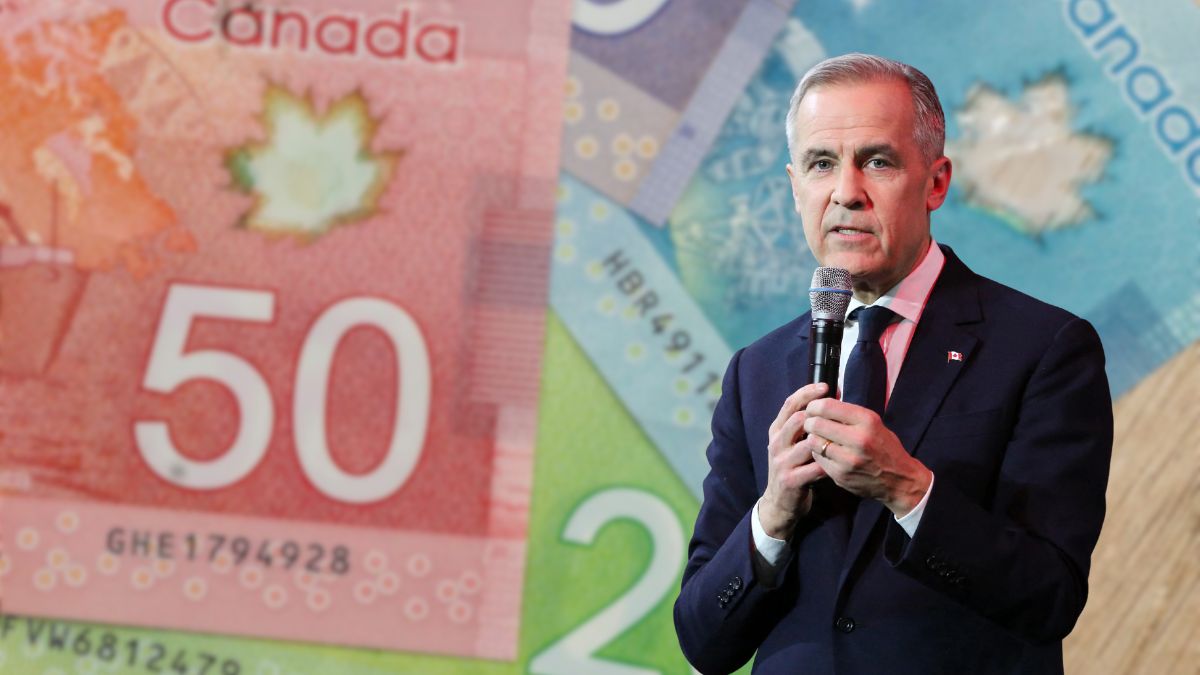Canadian households are beginning to see a welcome financial boost in 2025 as the Canada Carbon Rebate (CCR) delivers higher quarterly payments. With inflation pushing up fuel, heating, and everyday energy expenses, this rebate is designed to cushion the blow of carbon pricing while reinforcing the country’s environmental commitments.
Starting this year, payments have increased, rural families will see additional support, and the process remains seamless—funds are directly deposited into bank accounts without requiring any application. For many Canadians, this means an extra source of stability in a year when costs continue to rise.
Why the Rebate Matters in 2025
Addressing the Cost of Carbon Pricing
The CCR was introduced as part of Canada’s broader climate strategy, following the “polluter pays” principle. While the carbon price increases to \$95 per tonne in April 2025, households are protected through rebate payments that offset what they spend on carbon-related costs.
The government’s message is clear: families should not be disproportionately burdened as Canada moves toward greener energy solutions. Instead, polluters and high emitters bear more of the responsibility, while everyday Canadians receive direct financial compensation.
What’s New This Year
Key Reforms to the Rebate Program
Several meaningful changes have been introduced in 2025 to improve fairness, accuracy, and accessibility. Among the most notable updates are:
- Larger quarterly payments for individuals, couples, and families.
- Automatic direct deposits—no application required.
- Eligibility tied to your 2024 tax return.
- Rebate amounts adjusted to reflect the higher carbon price of \$95/tonne.
- 20% rural supplement automatically added for households in eligible postal codes.
These adjustments ensure that families, especially those in low- and middle-income brackets, receive stronger financial protection against rising costs
Payment Amounts by Province
How Much You Can Expect in 2025
The rebate varies depending on province, family size, and whether you live in a rural area. Here’s a breakdown of what eligible households will receive each quarter:
| Province | Individual | Couple | Family of 4 | Rural Supplement |
|---|---|---|---|---|
| Alberta | \$140 | \$210 | \$280 | +20% |
| Ontario | \$110 | \$165 | \$220 | +20% |
| Manitoba | \$120 | \$180 | \$240 | +20% |
| Saskatchewan | \$130 | \$195 | \$260 | +20% |
| Nova Scotia | \$100 | \$150 | \$200 | +20% |
| Newfoundland | \$105 | \$157 | \$210 | +20% |
For example, a family of four in Alberta receives \$280 each quarter, adding up to \$1,120 annually—before the rural supplement. Families in rural Alberta could receive even more, thanks to the automatic 20% top-up.
Payment Schedule
When the Money Arrives
Payments are made quarterly and appear as “Climate Action Incentive” (CAIP) on bank statements. For the 2025–26 cycle, the schedule is:
- July 2025
- October 2025
- January 2026
- April 2026
Those who filed their 2024 tax return on time can expect to see deposits arrive on these dates. Cheques are also available for those not enrolled in direct deposit, though processing may take longer.
The Real Impact on Households
Why Families Are Receiving More Than They Pay
For many Canadians, the rebate exceeds the carbon tax costs they actually pay. According to the Parliamentary Budget Officer, around 80% of households receive more back in rebates than they spend on carbon-related expenses.
Take this scenario:
- A family of four in Saskatchewan receives \$260 every three months, or \$1,040 annually.
- With the 20% rural supplement, that total rises to \$1,248 per year.
- This amount often surpasses the family’s additional expenses due to carbon pricing, meaning they come out ahead financially.
For low- and middle-income households, the rebate helps cover essentials like groceries, heating, and transportation costs—while also ensuring environmental goals remain achievable.
Purpose Beyond Payments
A Climate Policy with Dual Benefits
The CCR is not just a financial tool. It is a key component of Canada’s long-term climate plan. Its design ensures that while polluters pay, households are protected and encouraged to make responsible energy choices.
Key purposes include:
- Supporting the polluter pays principle.
- Delivering fair, transparent compensation to citizens.
- Encouraging Canadians to reduce carbon footprints.
- Ensuring Canada remains on track with emissions targets.
This balance of economic relief and climate accountability demonstrates the government’s effort to create a win-win model—families receive financial help while Canada advances toward sustainability.
Accessing the Rebate
No Applications Needed
The CCR remains one of the simplest federal programs to access. Canadians don’t need to submit forms or applications. Instead, payments are issued automatically by the Canada Revenue Agency (CRA).
To ensure you receive it:
- File your 2024 tax return—even if you had no income.
- Update your direct deposit information with CRA if necessary.
- Wait for quarterly deposits marked “CAIP” in your account.
This straightforward process removes barriers, ensuring that households across the country receive their full entitlement without delay.
Eligibility Criteria
Who Qualifies in 2025?
Eligibility is tied directly to tax filings and residency. To qualify:
- You must live in a participating province.
- You must have filed your 2024 income tax return.
- Residency and postal code determine whether the rural supplement applies.
- Newcomers to Canada can qualify if they meet residency and filing requirements.
The amount varies based on family size, province of residence, and whether you are eligible for the rural top-up.
The Rural Supplement Explained
Supporting Canadians Outside Major Cities
One of the most significant reforms in 2025 is the 20% rural supplement. This bonus acknowledges the reality that Canadians in rural and remote areas often face higher fuel and transportation costs, along with fewer public transit options.
If your postal code qualifies as rural, the supplement is automatically added—no paperwork is required. This ensures that families outside urban centers receive fair compensation for the higher expenses they face in everyday life.
Broader Economic and Social Impact
Why the CCR Matters for All Canadians
The \$1,120 rebate represents more than just household savings—it contributes to a stronger social and economic framework. By offsetting costs and delivering quarterly cash flow, it:
- Provides direct financial relief to families.
- Strengthens public trust in climate policies.
- Reduces the political tension surrounding carbon pricing.
- Encourages economic stability during times of inflation.
This layered approach ensures the CCR is not only effective in mitigating household costs but also in maintaining broad public support for Canada’s climate commitments.
Final Thoughts
The Canada Carbon Rebate 2025 is one of the most significant updates to the country’s climate affordability measures in recent years. With larger payments, a rural top-up, and automatic direct deposits, it ensures that Canadians are not left behind in the transition to a low-carbon economy.
For families struggling with rising costs, the rebate delivers consistent relief. For the government, it strengthens Canada’s climate policy framework by maintaining public support while reducing emissions.
All Canadians need to do is file their taxes and check their bank accounts. With deposits rolling out quarterly, the CCR provides both immediate financial comfort and long-term environmental benefits—a rare double win in public policy.
5 Relevant FAQs
Q1: How much is the Canada Carbon Rebate in 2025?
A1: Payments vary by province. For example, a family of four in Alberta receives \$1,120 annually, before the 20% rural supplement.
Q2: Do I need to apply for the rebate?
A2: No. Payments are automatic, based on your 2024 tax return and residency information with the CRA.
Q3: What is the rural supplement, and how do I qualify?
A3: The rural supplement adds 20% to your rebate if your postal code is considered rural or remote. It is applied automatically.
Q4: When will payments be made in 2025–26?
A4: Payments are scheduled for July 2025, October 2025, January 2026, and April 2026.
Q5: Why is the rebate increasing in 2025?
A5: The increase reflects the higher carbon price of \$95 per tonne, ensuring families are fairly compensated for rising costs.











